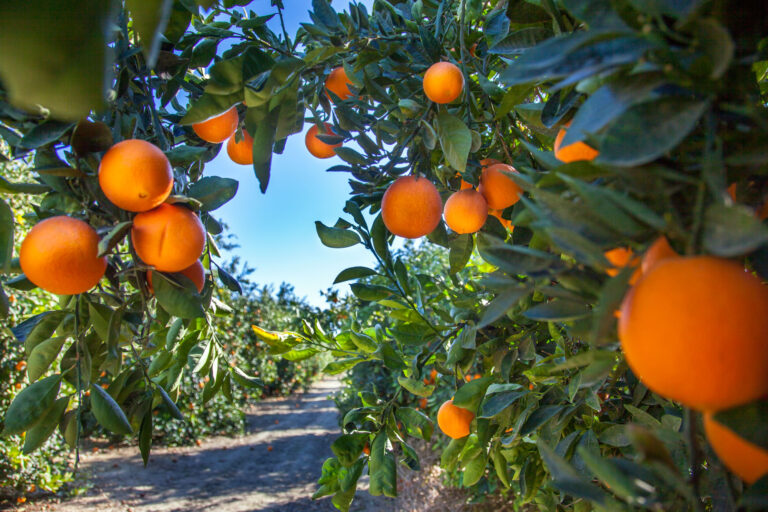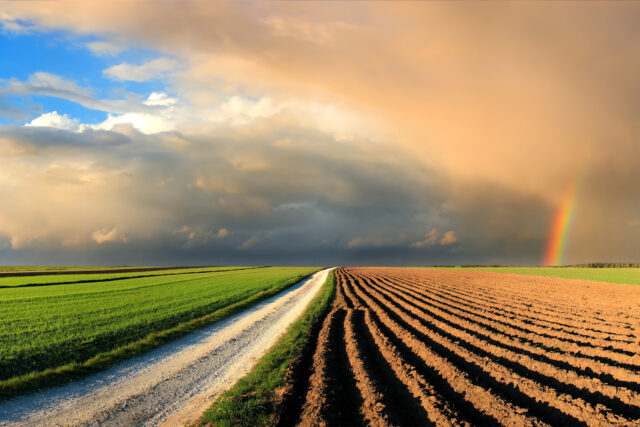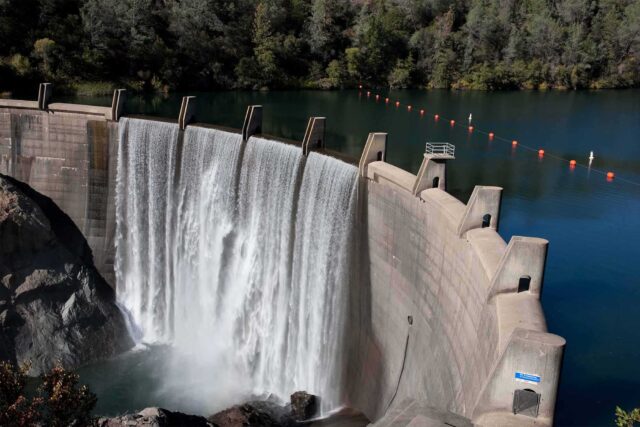Join us on Friday, November 18 for our fall water priorities conference in Sacramento. Register here.
California has long been a hub of innovation. But managing the increasing variability of our weather in an era of climate change will challenge even the best and brightest water and land managers. Conditions are changing fast—and they will keep changing. And the warmer, drier conditions are revealing some profound weaknesses in our water supply systems.
As we argue in our new report, Priorities for California’s Water: Thriving with Less, even if we do everything right, water supplies are likely to decline. The grand challenge for 21st-century water management in California is learning to thrive with less.
It is important to acknowledge that climate change is here and not some future threat. California’s already variable climate is becoming increasingly volatile, with drier dry periods and wetter—but less frequent—wet periods.
This is made worse by an atmosphere that is increasingly thirsty, principally due to warming. This thirsty atmosphere draws water out of the landscape, leaving less available for runoff into rivers or seepage into aquifers. To complicate matters, California’s largest reservoir—its snowpack—is dwindling, which means less water is available during the summer when demands are highest.
All of these changes are impacting a water supply system designed for conditions during the mid-20th century when precipitation, snowpack, and runoff were more reliable and temperatures lower. To sustain our urban and rural communities, agriculture, and ecosystems, we’ll need to adjust course.
Some actions are already underway and should be celebrated. In total, California’s communities, farms, and non-farm businesses use roughly the same amount of water as they did in 1990, despite adding 10 million people and more than doubling the size of the economy. These efforts to increase water use efficiency should continue.
But conservation will only go so far. To adapt to changing conditions we must also modernize the way we store and convey water. At the top of the list is taking better advantage of occasional wet years to get through dry times. This involves developing new storage—particularly underground—and connecting our storage to conveyance infrastructure, so that water can get to its highest and best uses. Water recycling and stormwater capture will also be key to modernizing storage in urban areas.
Rural communities—which are dealing with falling groundwater tables and dry wells—will need to consider interconnecting and consolidating their small water utilities to build resilience. Upgrading wells and investing in new supplies, including by partnering with urban agencies, can also help. More interconnections will also help urban areas manage modern droughts. Preserving affordability—in both urban and rural communities—remains key.
Agriculture—California’s largest water user—will need to reduce its irrigated footprint over the next few decades. Although California will continue to be the nation’s most productive agricultural state, land will have to be fallowed to respond to dwindling supplies and to meet groundwater sustainability goals. There are ways to soften the economic impacts of fallowing through water trading and groundwater banking. Alternate uses for fallowed land—like water-limited farming or solar development—also could help keep those lands economically productive while reducing environmental hazards like dust.
Finally, managing water for the environment—and the multiple benefits provided by healthy ecosystems—remains a fundamental challenge with no easy answers. The state needs a strategy to help ecosystems—California’s vital natural infrastructure—adapt to the impacts of warming and drying. This includes setting aside dedicated water supplies, accelerating the pace and scale of restoration activities, and finding and protecting climate refugia—habitat buffered from climate impacts.
All of these actions will require unprecedented coordination and integration. And while the challenge is large, we chose the word “thrive” deliberately. California has the skill and the will to confront these crises, along with abundant natural and human resources and a new infusion of state and federal funding to support needed actions. In short, we have all the tools to thrive, even in this unpredictable climate.





